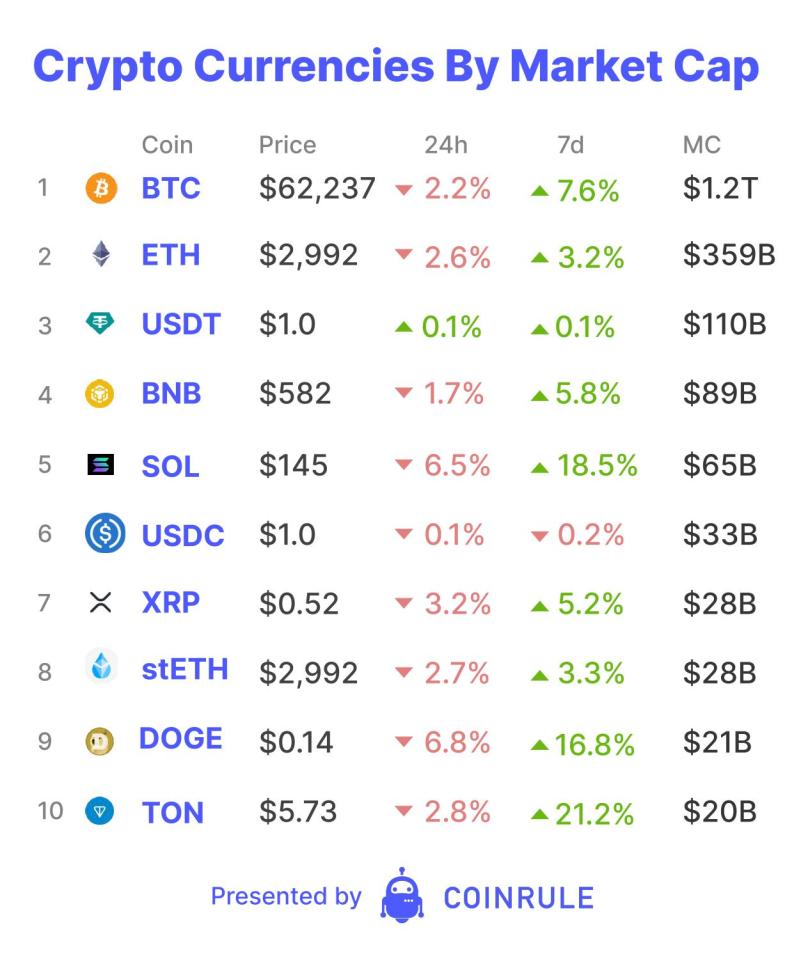FTX estate will recover up to $16.3 billion to creditors

Each day, Coinrule will run through the state of the digital assets market for Blockbeat, your home for news, analysis, opinion and commentary on blockchain and digital assets.
2022 was a traumatic year for the crypto industry. After Terra’s implosion in May, the summer saw numerous bankruptcies from seemingly reputable crypto entities due to lacking risk management. Sam Bankman-Fried (SBF) appeared to have a plan to save them all. People heralded him as the “JP Morgan of Crypto” after he made several nine-figure investments to rescue the crypto economy, similar to JP Morgan’s early 1900s actions to backstop financial institutions. However, by November 2022, SBF’s own companies faced jeopardy. On November 11, 2022, FTX filed for Chapter 11 bankruptcy. Now, almost 18 months later, it seems creditors will be more than compensated.
On Tuesday, the estate released details of the creditor cash recovery plan ranging from $14.5 billion to $16.3 billion. This figure includes interest for the duration of the recovery. Creditors with below $50,000 of assets at the time of bankruptcy will receive at least 118%. This class covers 98% of creditors. Those with greater than $50,000 will receive 118%-142%.

Many question if this is sufficient compensation considering the total crypto market has grown by 170% since bankruptcy. Recently, the estate has also been auctioning its Solana holdings to build up its cash reserves to pay creditors. These sales have occurred at discounts to the current market price. Some amounts sold for as low as $64 to crypto hedge funds. However, they will vest over four years. Despite this, creditors with Solana in their FTX accounts are frustrated. They will now receive the value of their holdings at the time of the collapse plus interest, instead of the quantity of tokens they held. For example, someone who had $100,000 worth of Solana when FTX collapsed would now have around $900,000 if they had received the same amount of tokens. With the current repayment plan, they will receive up to $142,000.
Repaying the amount in tokens held was allegedly not possible, especially for Bitcoin and Ethereum holders. At the time of bankruptcy, FTX only held 0.1% of the Bitcoin and 1.2% of the Ethereum customers had deposited or purchased. Due to this, the estate had to recover the funds through other means and retain them in cash to manage risk. For the crypto market, repaying creditors in cash is more than ideal. It may lead to a liquidity infusion of several billion dollars back into the market and fuel the next stage of the bull market. If the plan is approved in court, it is estimated the repayments could be concluded around later this year.
Ironically, FTX’s demise marked the end of the previous cycle’s bear market. Could it also now be a bullish influence and extend this cycle’s bull market?